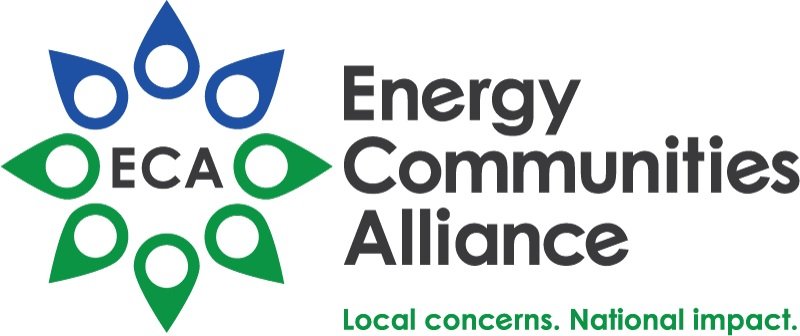ENVIRONMENTAL CLEANUP LAWS AND
THE ROLE OF STATE & FEDERAL REGULATORS
CONTENTS
Various federal laws, agreements with states and EPA, and court decisions require the federal government to clean up environmental hazards at federal sites and facilities—such as nuclear weapons production facilities. The federal government is legally and financially liable for cleaning up areas where DOE activities have contaminated the environment.
AT A GLANCE
FREQUENTLY ASKED QUESTIONS
-
The disposal of defense nuclear waste at DOE sites is addressed broadly in the Nuclear Waste Policy Act (NWPA).
The primary laws defining cleanup of hazardous waste at federal facilities are the Comprehensive Environmental Response, Compensation and Liability Act, as amended (CERCLA) and the Resource Conservation and Recovery Act, as amended (RCRA). All sites are either a CERCLA or RCRA lead site.
For a detailed description of the cleanup laws and processes, see Appendix B, Politics of Cleanup. -
Most sites have a legally enforceable agreement under CERCLA or RCRA between DOE and the site regulators (State and EPA for CERCLA lead sites and State and DOE for RCRA lead sites). There are three types of compliance agreements governing DOE's sites:
Legal requirements that address the cleanup of federal sites on the CERCLA National Priorities List or that address treatment and storage of mixed hazardous and radioactive waste at DOE facilities.
Court-ordered agreements resulting from lawsuits initiated primarily by states.
Other agreements, such as RCRA-based state administrative orders enforcing state hazardous waste management laws, that do not fall into the first two categories. While agreements are called different things at different sites, all dictate the cleanup requirements.
-
DOE is required by law to permit local government officials to participate in CERCLA remedy selection. The law governs the cleanup process and defines the roles therein for the federal government and state regulators. It identifies the cleanup process and the minimum public participation process of the federal agency conducting the cleanup and the federal and state regulators. CERCLA authorizes the Federal Government to take response actions at a site (Federal-led). Most federal agencies have specific public and local government involvement processes which recognize local governments as specific entities that will have input into the cleanup.
Specifically, pursuant to Section 120(f) of the Comprehensive Environmental Response, Compensation, and Liability Act (“CERCLA”), as amended, local governments must be allowed to participate in the planning and selection of the remedial action (including but not limited to the review of all applicable data as it becomes available and the development of studies, reports and action plans) at a federal facility site that is being cleaned up pursuant to a “remedial action.”
CERCLA §120(f) states (emphasis added):
“(f) State and local participation
The Administrator and each department, agency, or instrumentality responsible for compliance with this section shall afford to relevant State and local officials the opportunity to participate in the planning and selection of the remedial action, including but not limited to the review of all applicable data as it becomes available and the development of studies, reports, and action plans. ...”
Under RCRA, there is no correlative requirement.
All parties must know the laws and agreements governing the cleanup work at their site in order to understand the specific roles for each party and how they can affect the cleanup process. Guidance and policies help interpret the law, but the law is the reality. Policies and agreements maybe changed either unilaterally or through negotiations with other regulators but the laws that govern the cleanup work change less frequently. Communities should utilize knowledgeable federal and state officials to inform them of the regulatory framework for the site and of other opportunities to be proactive in the cleanup decision making process. -
The Defense Nuclear Facilities Safety Board (DNFSB) is an independent organization—separate from DOE—that provides advice, analysis, and recommendations regarding health and safety at defense nuclear facilities.
The Board, made up of three members, was established by the Atomic Energy Act in 1988.
There are Resident Inspectors who conduct onsite oversight at Hanford, Los Alamos National Laboratory, Savannah River Site, and Y-12/Oak Ridge National Laboratory.

